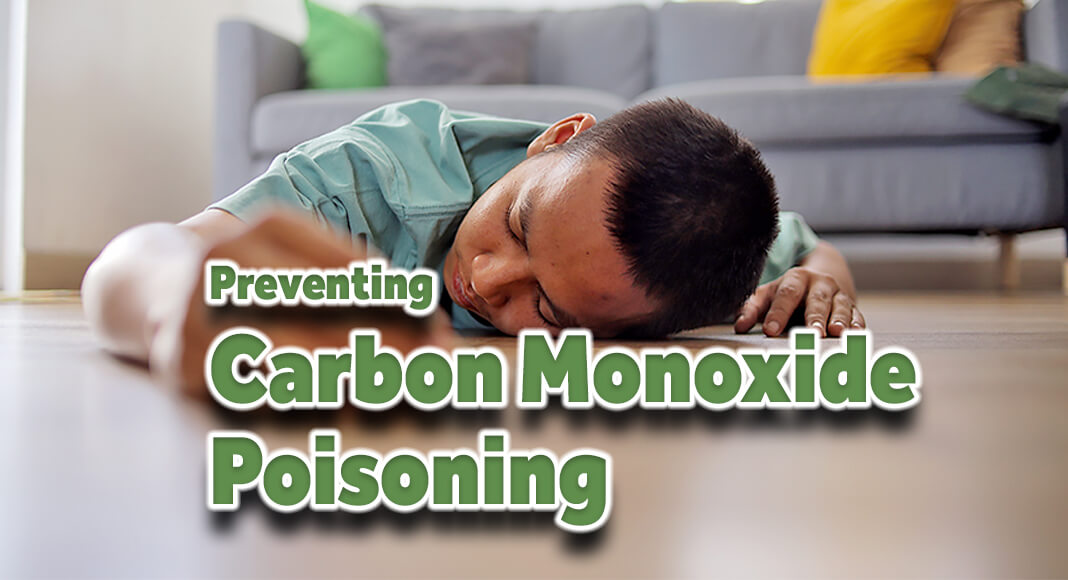
Mega Doctor News
Carbon Monoxide Poisoning Basics
| AT A GLANCE |
| Carbon monoxide (CO) is an odorless, colorless gas that can cause sudden illness and death if inhaled. |
| Find quick facts about CO poisoning and what can be done to prevent it. |
| What it is |
| Carbon monoxide (CO) is an odorless, colorless gas that kills without warning. It claims the lives of hundreds of people every year and makes thousands more ill. |
| Many household items including gas- and oil-burning furnaces, portable generators, and charcoal grills produce this poison gas. |
CO detectors
Install battery-operated or battery back-up CO detectors near every sleeping area in your home.
Check CO detector batteries when you change the time on your clocks each spring and fall to be sure they are functioning properly.
Consider buying a detector with a digital readout. This type of detector can tell you the highest level of CO concentration in your home, in addition to sounding an alarm.
Replace your CO detector following the manufacturer’s instructions or every 5 years. Set a reminder on your smartphone or other device calendar when you purchase and install the detector.
Oil and gas furnaces and other household appliances
Have your heating system, water heater, and any other gas, oil, or coal burning appliances serviced by a qualified technician every year.
Make sure your gas appliances are vented properly. Horizontal vent pipes for appliances, such as a water heater, should go up slightly as they go toward outdoors, as shown below. This prevents CO from leaking if the joints or pipes aren’t fitted tightly.
When you buy gas equipment, buy only equipment carrying the seal of a national testing agency, such as Underwriters’ Laboratories.
If you smell an odor from your gas refrigerator, have an expert service it. An odor from your gas refrigerator can mean it could be leaking CO.
Never heat your house with a gas oven. Don’t cook or burn anything on a stove or fireplace that isn’t vented.
Chimneys, charcoal, and portable appliances
Have your chimney checked or cleaned every year. Chimneys can be blocked by debris, which can cause CO to build up inside your home or cabin.
Never burn charcoal indoors. Burning charcoal – red, gray, black, or white – gives off CO.
Never use a portable gas camp stove indoors. Do not use portable flameless chemical heaters indoors.
Portable generators
Never use a generator inside your home or garage, even if doors and windows are open.
Only use generators outside, more than 20 feet away from any windows, doors, and vents.
When using a generator, use a battery-powered or battery backup CO detector in your home.
Automobile
Have a mechanic check the exhaust system of your car or truck every year. A small leak in the exhaust system can lead to a buildup of CO inside the car.
Never run your car or truck inside a garage that is attached to a house, even with the garage door open. Always open the door to a detached garage to let in fresh air when you run a car or truck inside.
If you drive a car or SUV with a tailgate, when you open the tailgate open the vents or windows to make sure air is moving through. If only the tailgate is open, CO from the exhaust will be pulled into the car or SUV.
Information source: CDC










